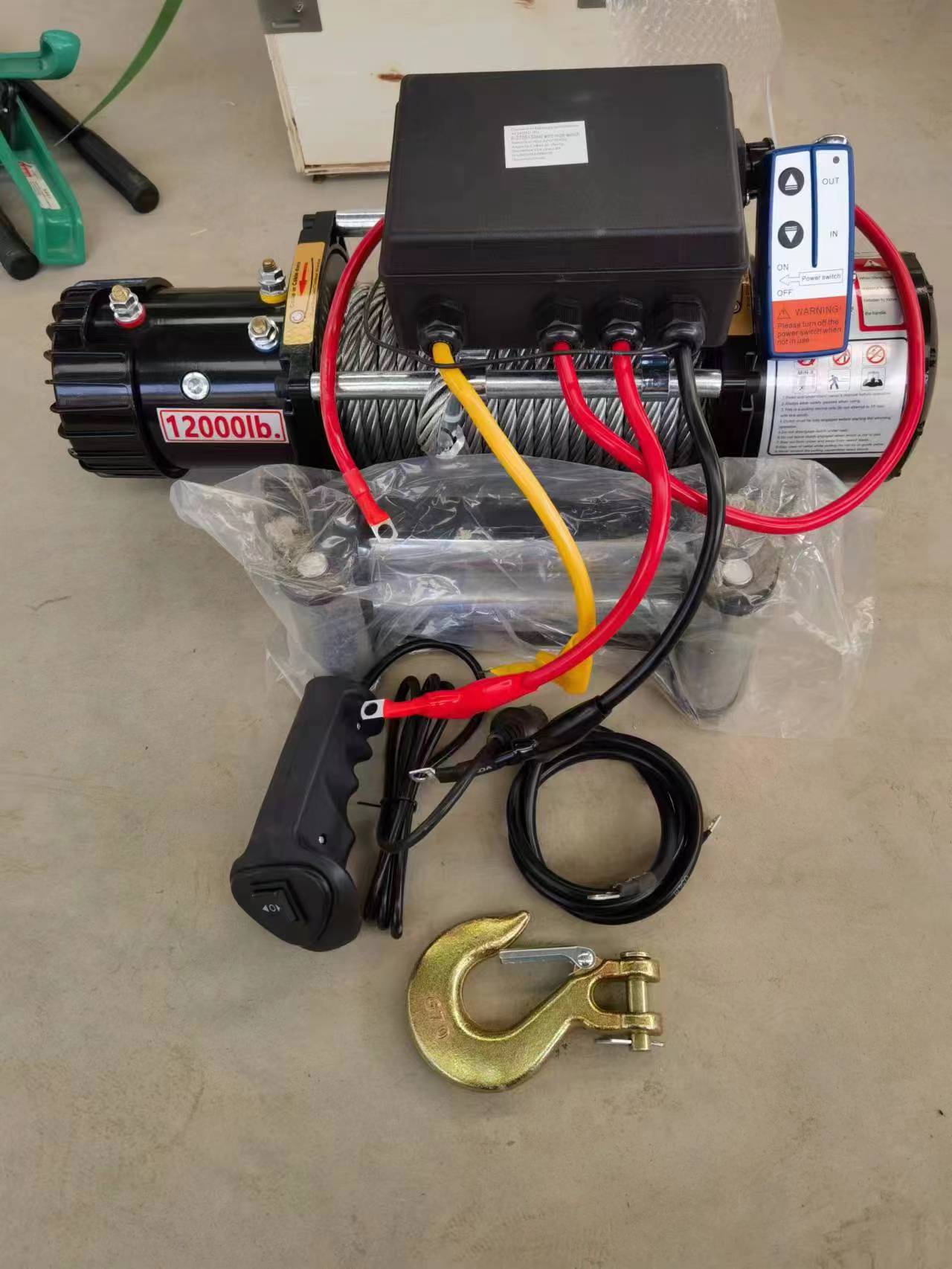


Understanding Manual Lever Hoists A Comprehensive Overview
Manual lever hoists are indispensable tools in various industries, providing a reliable means for lifting, pulling, and securing heavy loads. Their simplicity and effectiveness make them a popular choice in construction, manufacturing, and even in home workshops. In this article, we will explore the mechanics, advantages, and applications of manual lever hoists.
What is a Manual Lever Hoist?
A manual lever hoist, also known as a chain hoist or lever block, is a mechanical device that employs a lever to lift heavy loads vertically. It consists of a housing that encloses a ratchet and pawl mechanism, a chain or wire rope for lifting, an adjustable lever, and a hook for securing the load. The operator pulls down on the lever, which engages the mechanism to lift the load upwards, creating a mechanical advantage that significantly reduces the effort required.
Mechanics Behind the Manual Lever Hoist
The operation of a manual lever hoist is based on the principles of mechanical advantage. By using a lever arm, a small effort exerted by the operator results in a larger lifting force. This is achieved through the ratchet mechanism that allows the hoist to engage and hold the load in place when the lever is released. The intricacies of the hoist's design—such as the gear ratio and the quality of materials—contribute to its effectiveness and durability, making it capable of lifting various loads safely.
Advantages of Manual Lever Hoists
1. Ease of Use One of the most significant advantages of manual lever hoists is their straightforward operation. Even individuals without prior experience can quickly learn to use them effectively, which enhances productivity in various work environments.
2. Portability Manual lever hoists are typically lightweight and compact, making them easy to transport. This portability is especially beneficial in industries that require frequent relocation of lifting equipment.

3. Cost-Effective Compared to electric hoists, manual lever hoists are generally more affordable, both in terms of initial purchase and maintenance costs. This makes them an attractive option for small businesses and DIY enthusiasts.
4. No Power Supply Required Since manual lever hoists operate solely on human effort, they are not dependent on electrical power. This feature allows for use in remote locations or during power outages without compromising effectiveness.
5. Versatile Applications These hoists can be used in various situations, from lifting heavy machinery and materials in construction to securing loads in shipping and logistics.
Applications of Manual Lever Hoists
Manual lever hoists find applications across diverse industries. In construction, they are indispensable for lifting steel beams, pipes, and other heavy components into place. In manufacturing, they assist in moving products along assembly lines and lifting equipment for maintenance. Additionally, in warehouses, they help in loading and unloading goods. Even in entertainment, manual hoists are used for rigging and adjusting stage sets.
Safety Considerations
While manual lever hoists are generally safe, proper training and adherence to safety protocols are essential. Operators should always inspect the hoist before use, ensuring there are no damaged components. Additionally, understanding the weight limit and adhering to it is critical to prevent accidents.
Conclusion
Manual lever hoists are versatile, efficient, and cost-effective tools that play a crucial role in various industrial and commercial operations. Their ease of use, portability, and independence from electric power make them invaluable in many scenarios. By understanding their mechanics, advantages, and safe operating procedures, users can maximize the benefits of this essential lifting device while ensuring safety and efficiency in their operations. Whether in a professional setting or a home workshop, a manual lever hoist can prove to be an essential asset.



